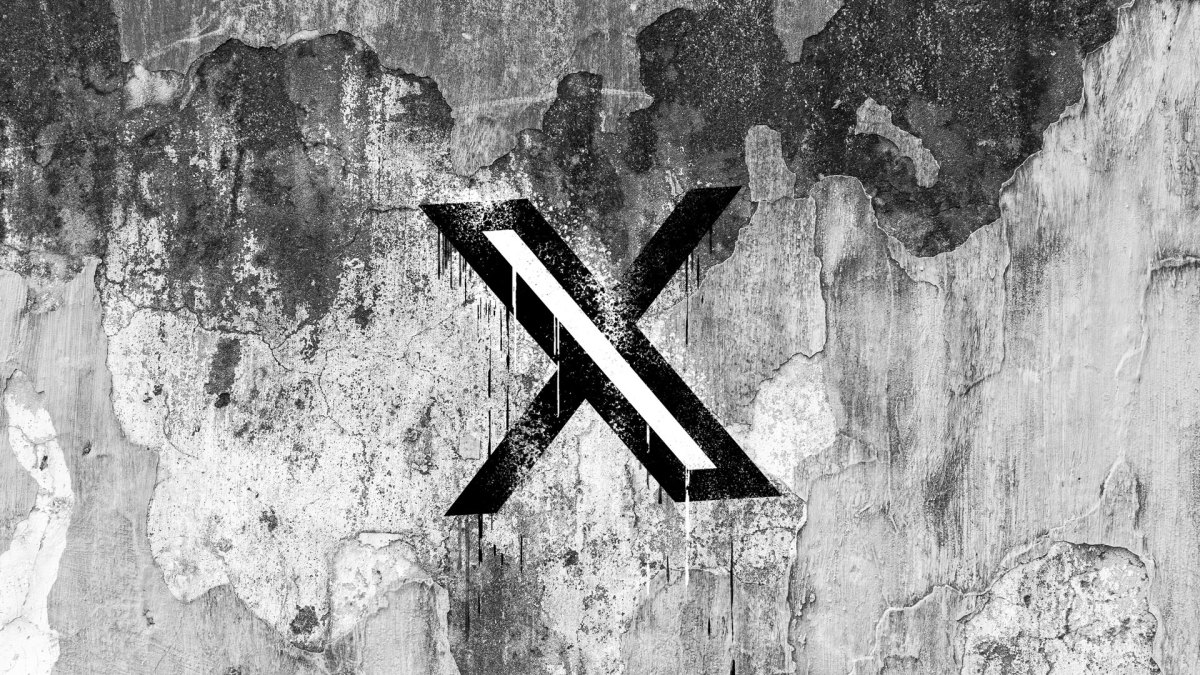News that X (formerly Twitter) is now valued internally at $19 billion has unleashed a wave of snickering from critics of Musk and his recently renamed social network. So instead of discussing why X may have shed so much value since it was purchased, including the caveat that it was not worth the $44 billion Musk paid when he bought it, let’s do a bit of comparison this morning.
The Exchange explores startups, markets and money.
Read it every morning on TechCrunch+ or get The Exchange newsletter every Saturday.
Snap, another social network company with its own share of ups and downs, reported its third-quarter financial results a week ago. As of this morning, it’s worth $15.97 billion, according to Yahoo Finance data, which is sort of close to X’s new internal valuation.
 Fans of both Snap and X could detail a host of differences between the two services, but they also have similarities. Both are smaller social networks in a world dominated by Meta; they’ve been through difficult times lately with revenue dipping; both have a subscription product and big ads businesses, and both are focused on mobile. More importantly, they each carry significant debt.
Fans of both Snap and X could detail a host of differences between the two services, but they also have similarities. Both are smaller social networks in a world dominated by Meta; they’ve been through difficult times lately with revenue dipping; both have a subscription product and big ads businesses, and both are focused on mobile. More importantly, they each carry significant debt.
So, let’s peek at Snap’s Q3 numbers and see if we can find out whether X’s new valuation is reasonable, inexpensive or ambitious. To work!
A snapshot of Snap’s results
Snap’s revenue declined in the first two quarters of the year, but the company returned to growth in Q3, with its top line rising 5% to $1.19 billion from a year earlier.
When you look at the bottom line, Snap remains a two-story concern. On the GAAP side of things, the company is immensely unprofitable. Its Q3 2023 net loss of $368.3 million was nearly unchanged from a year ago, though its operating loss in its most recent period ($380.1 million) was narrower than in Q3 2022 ($435.2 million).
But if we use more generous accounting techniques, Snap is just about profitable. It managed adjusted EBITDA of $40.1 million in Q3 2023 — that’s 45% less the $72.6 million it reported a year ago, but it’s still in the black. The company also posted positive operating cash flow ($12.9 million compared to $55.9 million a year ago), but its free cash flow went negative in the third quarter, which isn’t so nice.










